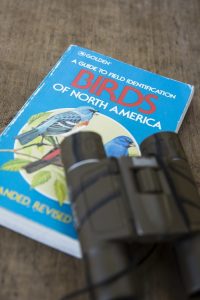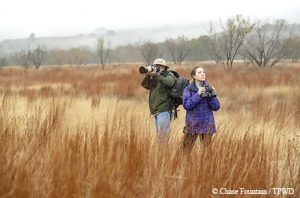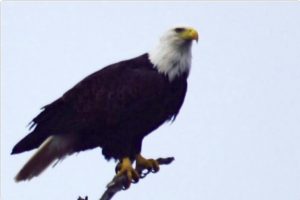Protecting a Birder’s “Best Friend”
Friday, December 21st, 2018This is Passport to Texas
If you are an avid birdwatcher, or are interested in becoming one, Texas Parks and Wildlife’s non-game ornithologist Cliff Shackelford recommends that you resolve to take good care of your two best bird watching tools in the New Year: your ears.
The most important to me is ear protection. And this is when you’re not birding. This is when you’re mowing the lawn, working the chainsaw, the vacuum cleaner, shooting guns. Anything that’s loud, and you do it a lot, you have to protect your ears, because, guess what: you’re going to use your ears to detect birds more than your eyes.
Your ears are really going to help you find birds when they’re calling. They’re little. They’re up in the trees. You can’t see them amongst the leaves, but they’re singing away like a Red-eyed Vireo. Your ears are going to lure you to that bird way before your eyes are. So, at any age – especially a young age – protect your ears because they are the best tool that you’ve got for bird watching.
Find more birding information on the Texas Parks and Wildlife Department website.
For Texas Parks and Wildlife…I’m Cecilia Nasti.







 Passport to Texas is a
Passport to Texas is a  Passport to Texas is made available by:
Passport to Texas is made available by: